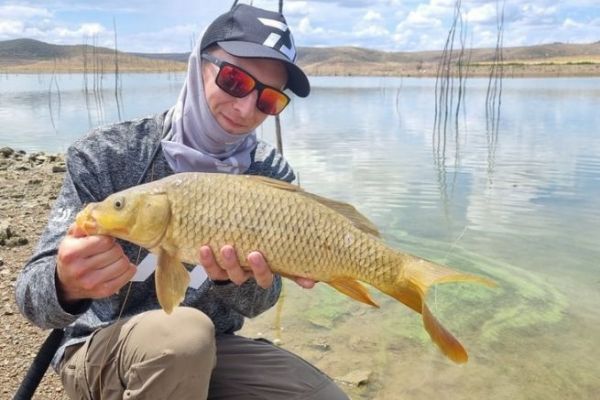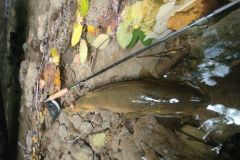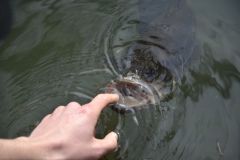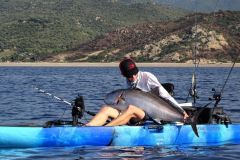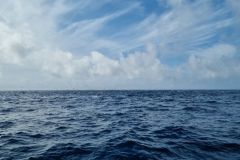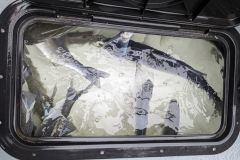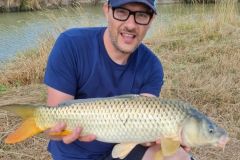Impact on fish and the environment
Increased suffering for fishâeuros¯: species sensitive to cold, such as trout, are particularly vulnerable during heatwaves: warm water contains less oxygen, causing stress, slower activity and even excess mortality in fragile waterways.
Respect for fishâeuros¯: limit handling and fighting time, return catches to the water quickly, use barbless fishing to limit injuries, and even refrain from fishing in areas of water shortage or low flow.
Environmentâeuros¯: heatwaves accentuate drought, lowering water levels and jeopardizing breeding grounds and aquatic biodiversity.
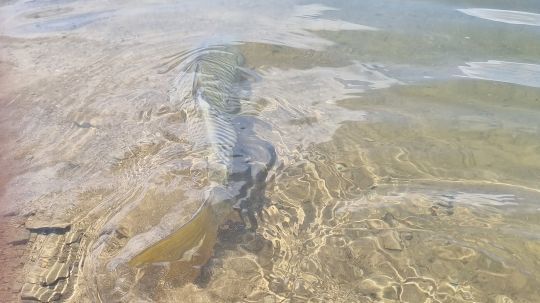
Best practices
In the event of a heatwave, it's always a good idea to find out about any local drought or heatwave restrictions.
What's more, you need to adapt your techniques and schedules, such as fishing in deep water or in a well-oxygenated river.
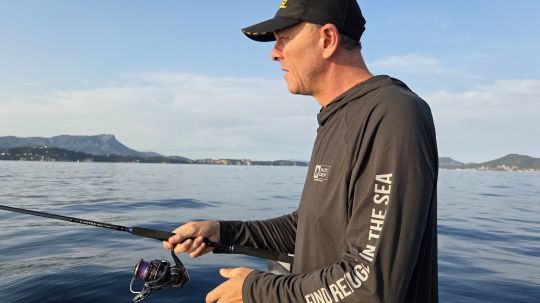
Risks and precautions for anglers
Major risksâeuros¯: heatstroke, dehydration, sunstroke, eye problems caused by the sun reflecting off the water. The use of good-quality polarized sunglasses is highly recommended during the summer months and for sea anglers.
Essential precautionsâeuros¯:
- Avoid fishing during the hottest hours (12pm-5pm), preferring early morning or evening. These are also the best times to find active fish.
- Drink regularly, even if you don't feel thirsty, at least 3 to 4 liters of water a day, depending on the effort involved.
- Wear loose-fitting, light-colored, covering clothing, a head covering that protects the nape of the neck, and use sunscreen. Anti-UV technical clothing is highly recommended.
- Protect your eyes with polarized glasses to filter UV rays and limit glare.
- Take breaks in the shade and watch for signs of discomfort (headaches, confusion, intense fatigue, dry skin).
During heatwaves, recreational fishing must be practiced with vigilanceâeuros¯: protect your health, respect the well-being of fish and adapt to extreme conditions to preserve resources and the environment

 /
/ 